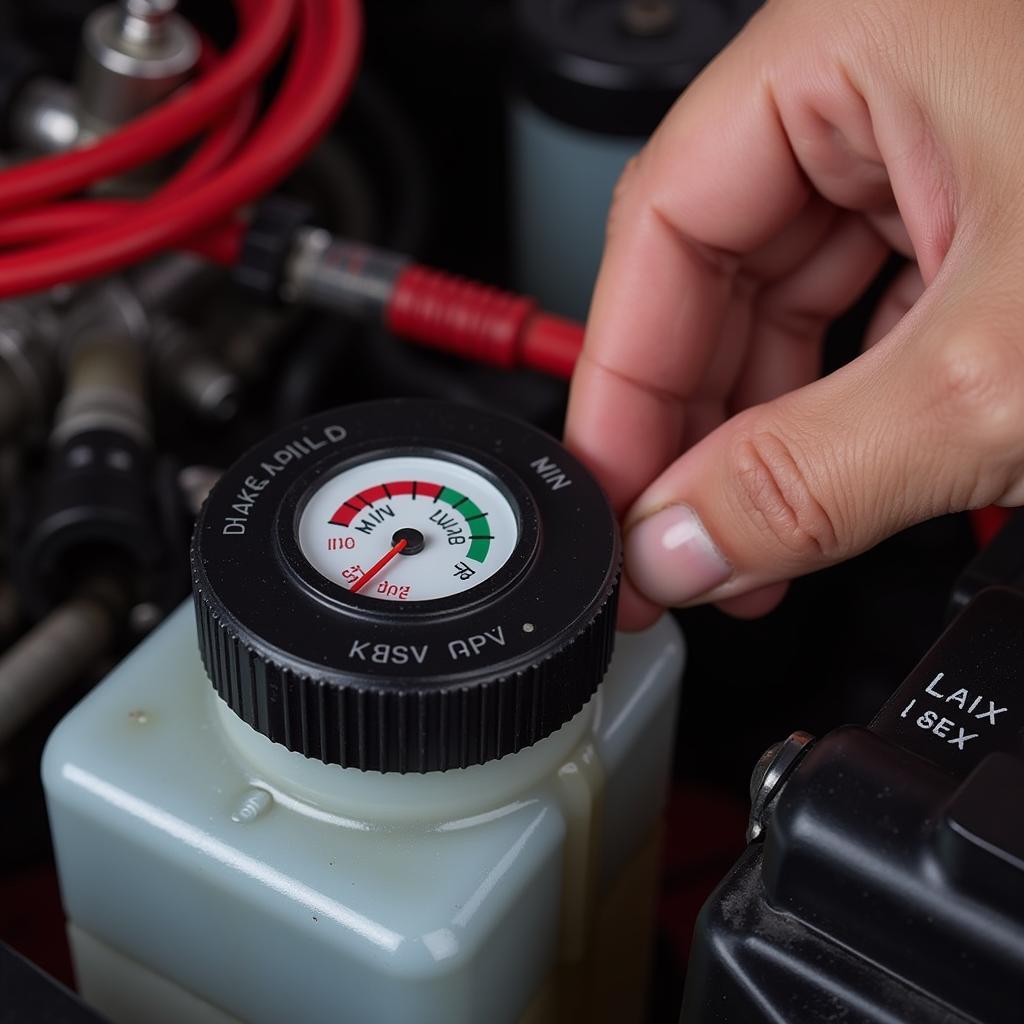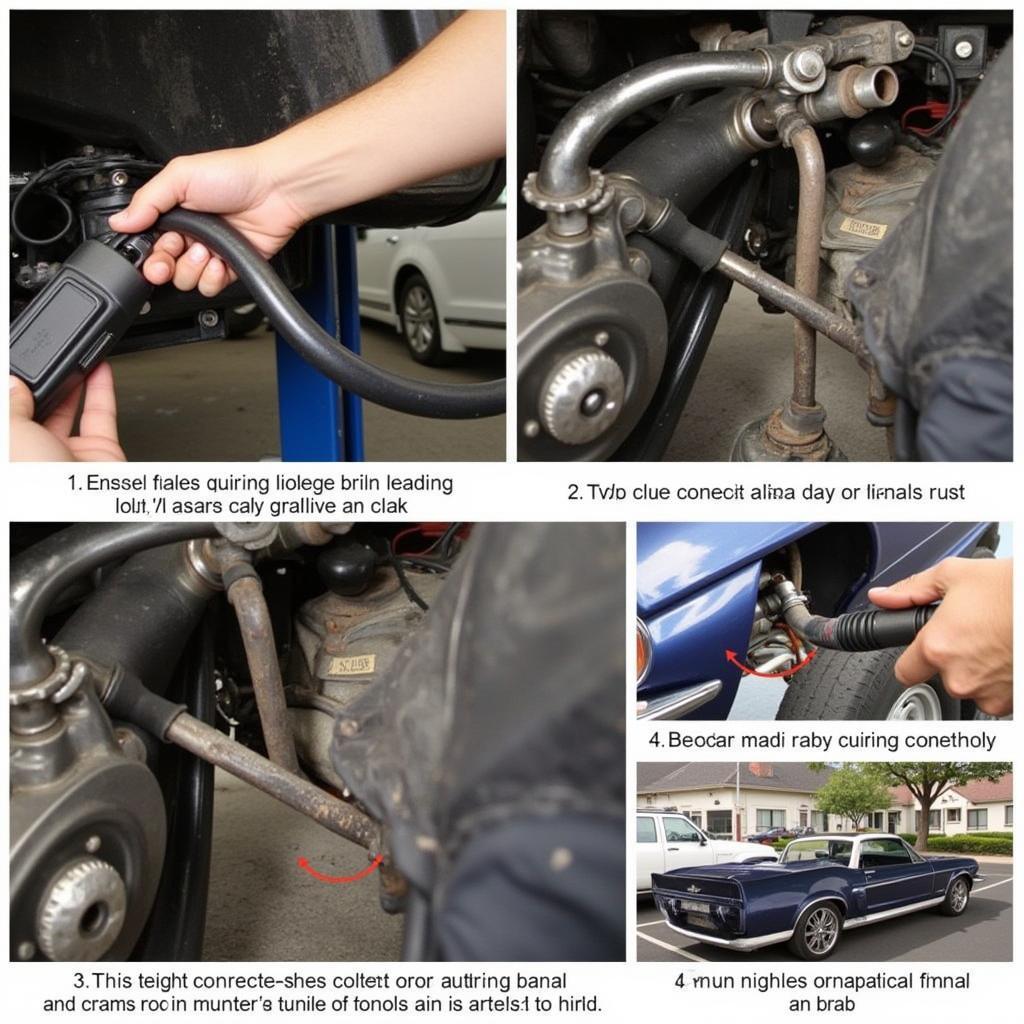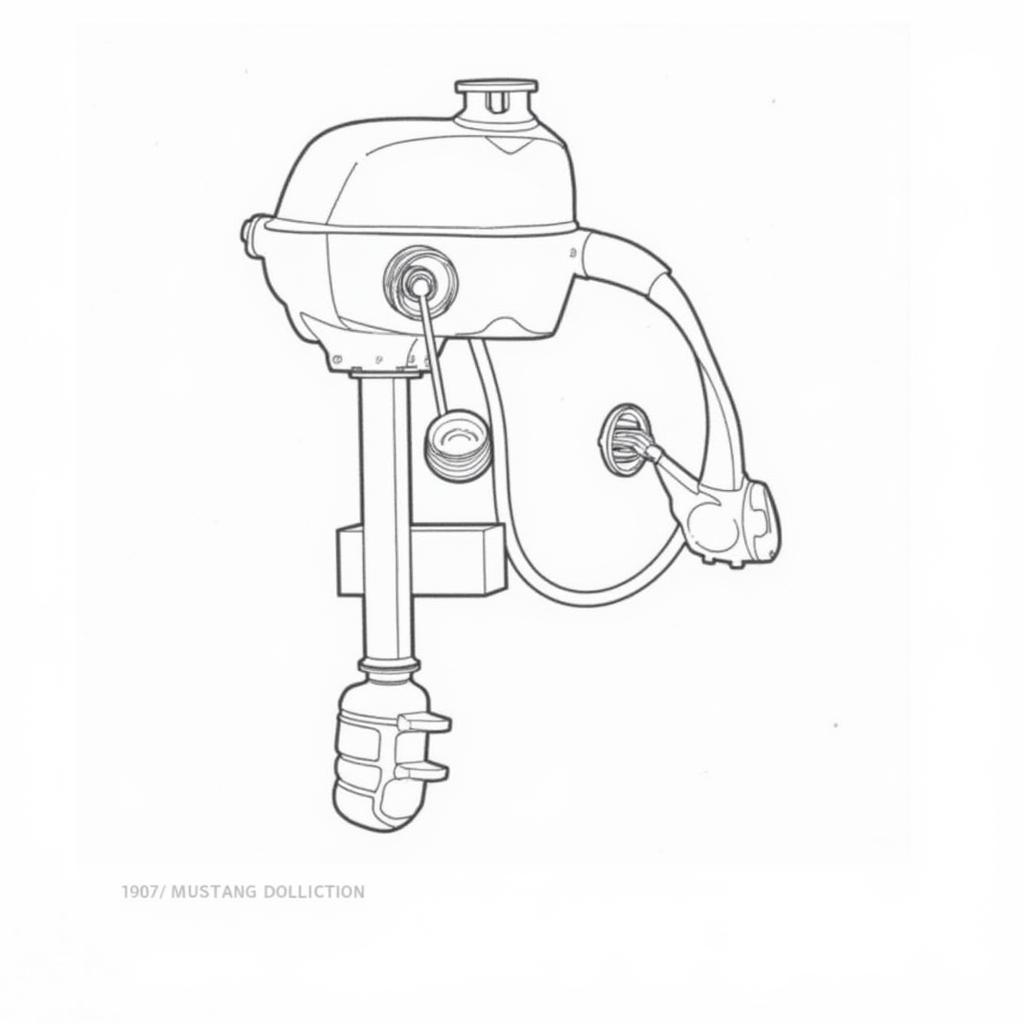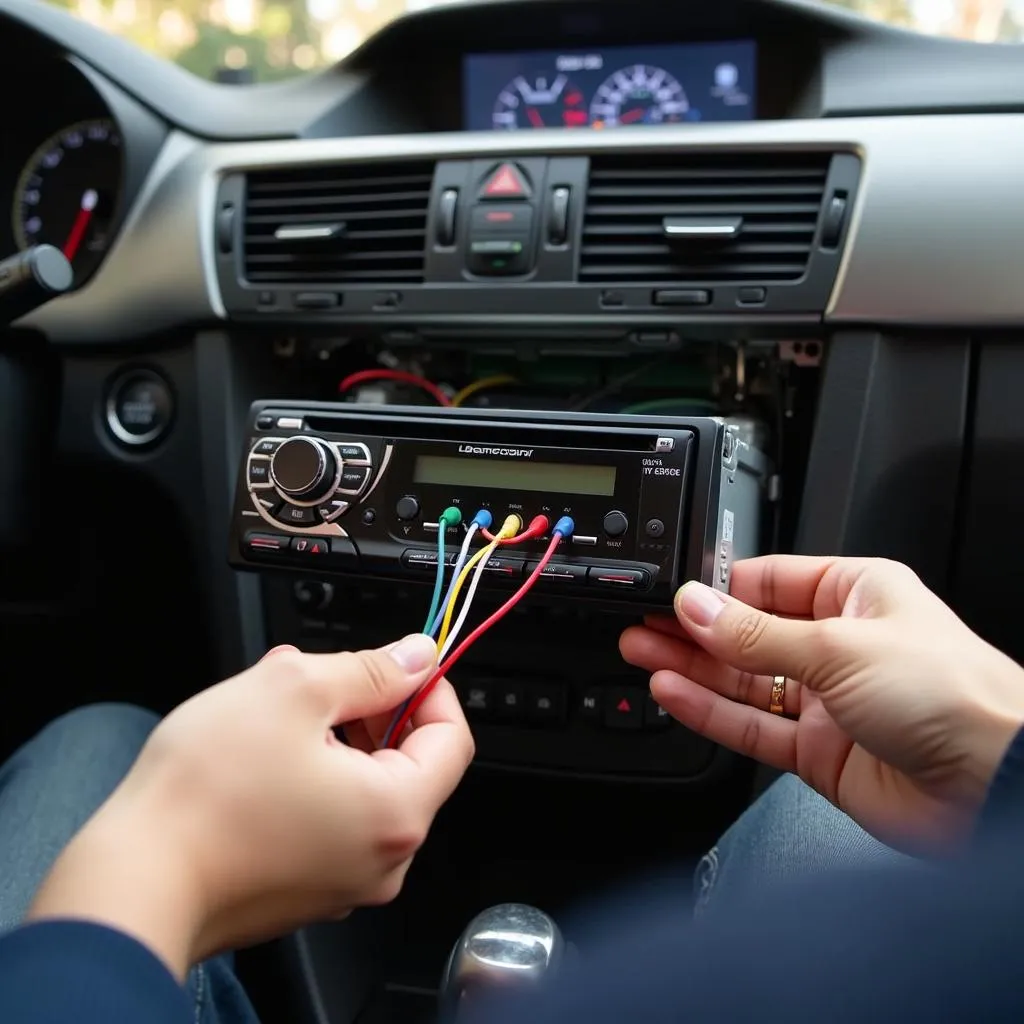Owning a classic 1967 Mustang is a dream for many, but like any vehicle, even these icons can experience hiccups. One common issue owners face is a stubborn brake warning light that refuses to turn off. This can be frustrating, especially when you’re unsure of the cause. Don’t worry, this comprehensive guide will walk you through the potential reasons behind a 1967 Mustang brake warning light staying on and provide you with the knowledge to tackle the problem head-on.
Understanding Your Mustang’s Brake Warning System
Before diving into troubleshooting, it’s crucial to understand how your classic Mustang’s brake warning system works. The warning light on your dashboard serves as a critical safety feature, alerting you to potential issues within your braking system. It’s designed to illuminate when it detects a problem that requires your attention.
In a 1967 Mustang, the brake warning light is typically activated by one of two things:
- Low Brake Fluid: The most common culprit is a drop in brake fluid level. This usually indicates a leak somewhere in the system, which needs immediate attention.
- Engaged Parking Brake: Sometimes, the warning light might simply be a reminder that your parking brake is engaged. Always double-check this first.
Troubleshooting Your Brake Warning Light
If your parking brake isn’t engaged and the light persists, it’s time for some troubleshooting. Follow these steps to diagnose the issue:
-
Check Your Brake Fluid:
- Park on a level surface and pop the hood. Locate the brake fluid reservoir, usually mounted on the driver’s side firewall.
- Inspect the fluid level. Ideally, the level should be between the “MIN” and “MAX” markings on the reservoir.
- Add the correct type of brake fluid if necessary. Refer to your owner’s manual for the recommended brake fluid type.
- Important: If you need to add fluid, this strongly suggests a leak. Don’t delay getting it checked by a professional.
 Checking Brake Fluid Level in a 1967 Mustang
Checking Brake Fluid Level in a 1967 Mustang -
Inspect for Brake Fluid Leaks:
- Carefully examine the area around the master cylinder, brake lines, and wheel cylinders for any signs of leaks. Look for wet spots, drips, or a damp residue.
- Trace the brake lines from the master cylinder to each wheel, looking for any visible damage or corrosion.
 Inspecting Brake Lines for Leaks in a 1967 Mustang
Inspecting Brake Lines for Leaks in a 1967 Mustang -
Check the Brake Light Switch:
- While the engine is off, have someone press the brake pedal.
- Observe the brake lights at the rear of the car. If the brake lights don’t illuminate, the brake light switch might be faulty and require replacement.
-
Inspect the Pressure Differential Valve:
- Located on the master cylinder or along the brake lines, this valve is designed to detect pressure differences between the front and rear brake circuits. A faulty valve can trigger the warning light.
- Visually inspect the valve for damage or leaks. Consider having a mechanic test the valve’s functionality.
 Pressure Differential Valve Location in a 1967 Mustang
Pressure Differential Valve Location in a 1967 Mustang
Seeking Professional Help
If you’ve gone through these troubleshooting steps and your 1967 Mustang’s brake warning light remains illuminated, it’s best to seek professional help. Brakes are a crucial safety system, and attempting complex repairs without proper knowledge can be dangerous.
“Remember, addressing brake problems early not only saves you potential headaches down the road but, more importantly, keeps you and others safe on the road,” advises seasoned mechanic, John Miller.
Conclusion
A glowing brake warning light in your 1967 Mustang shouldn’t be ignored. By understanding the potential causes and following the troubleshooting steps outlined in this guide, you can often pinpoint the issue. However, remember that your safety is paramount. Don’t hesitate to seek assistance from a qualified mechanic if you’re unsure about any aspect of your Mustang’s brake system. After all, a well-maintained classic is a joy to drive.

